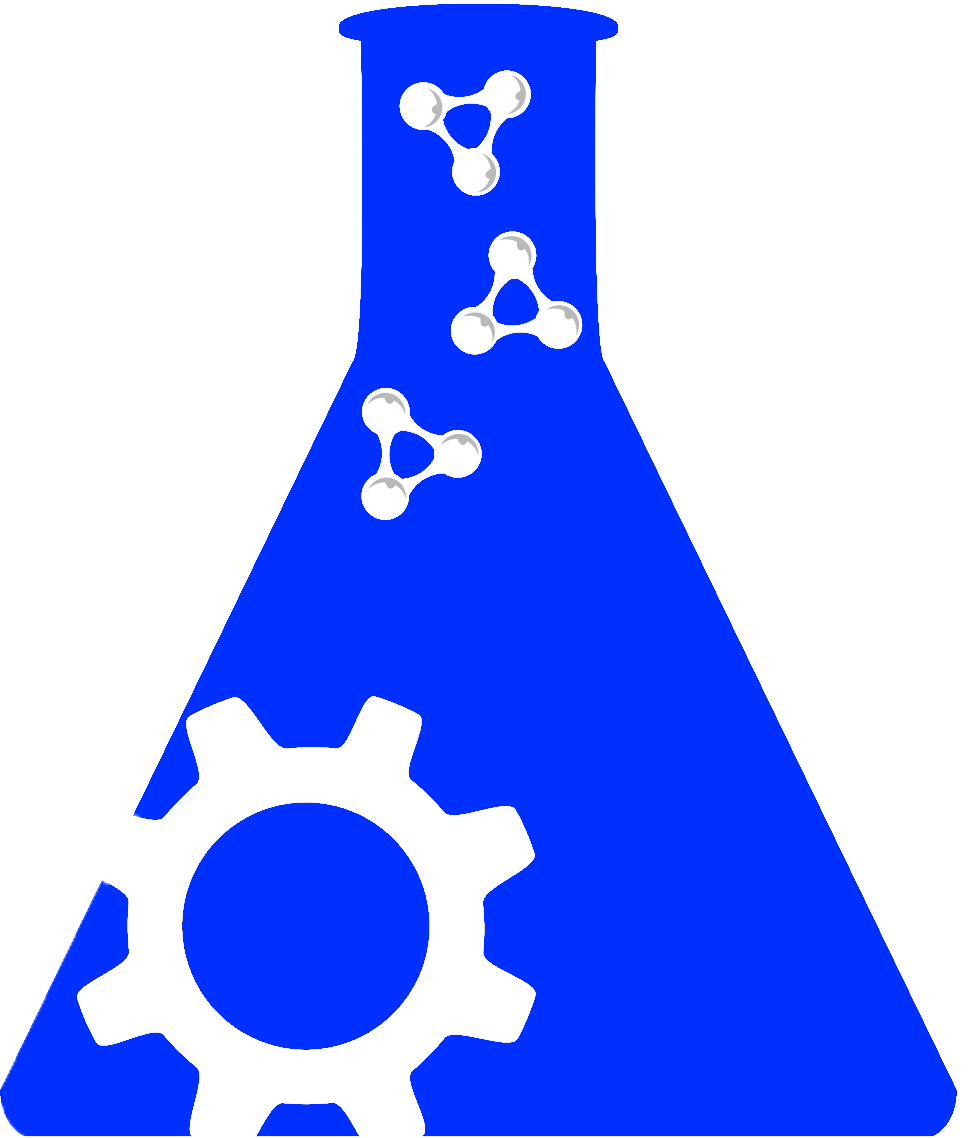Searching across hundreds of databases

Are you sure you want to leave this community? Leaving the community will revoke any permissions you have been granted in this community.
Structure modeling of 907 G protein coupled receptors in the human genome (RRID:SCR_008351)Copy Citation Copied
URL: http://cssb.biology.gatech.edu/skolnick/files/gpcr/gpcr.html
Proper Citation: Structure modeling of 907 G protein coupled receptors in the human genome (RRID:SCR_008351)
Description: THIS RESOURCE IS NO LONGER IN SERVICE, documented on August 19,2019.Database of tertiary structural modeling results of threading assembly refinement (TASSER) method for all 907 G protein-coupled receptors (GPCRs) in human genome. All sequences were collected from GPCR database http://www.gpcr.org/7tm/ and http://www.expasy.org/cgi-bin/lists?7tmrlist.txt. Unlike traditional homology modeling approaches, TASSER modeling does not require solved homologous template structures; moreover, it often refines the structures closer to native. G protein-coupled receptors (GPCRs), encoded by about 5% of human genes, comprise the largest family of integral membrane proteins and act as cell surface receptors responsible for the transduction of endogenous signal into a cellular response. Although tertiary structural information is crucial for function annotation and drug design, there are few experimentally determined GPCR structures. To address this issue, we employ the recently developed threading assembly refinement (TASSER) method to generate structure predictions for all 907 putative GPCRs in the human genome. Unlike traditional homology modeling approaches, TASSER modeling does not require solved homologous template structures; moreover, it often refines the structures closer to native. These features are essential for the comprehensive modeling of all human GPCRs when close homologous templates are absent. Based on a benchmarked confidence score, approximately 820 predicted models should have the correct folds. The majority of GPCR models share the characteristic seven-transmembrane helix topology, but 45 ORFs are predicted to have different structures. This is due to GPCR fragments that are predominantly from extracellular or intracellular domains as well as database annotation errors. Our preliminary validation includes the automated modeling of bovine rhodopsin, the only solved GPCR in the Protein Data Bank. With homologous templates excluded, the final model built by TASSER has a global C(alpha) root-mean-squared deviation from native of 4.6 angstroms, with a root-mean-squared deviation in the transmembrane helix region of 2.1 angstroms. Models of several representative GPCRs are compared with mutagenesis and affinity labeling data, and consistent agreement is demonstrated. Structure clustering of the predicted models shows that GPCRs with similar structures tend to belong to a similar functional class even when their sequences are diverse. These results demonstrate the usefulness and robustness of the in silico models for GPCR functional analysis. Sponsors: GPCR is funded by the University at Buffalo, Buffalo, New York.
Synonyms: GPCR
Resource Type: data or information resource, database
Keywords: endogenous, extracellular, family, functional, gene, cellular, couple, genome, gpcr, g protein, helix, homology, human, membrane, model, modeling, orf, protein, receptor, response, signal, structural, structural model, structure, template, tertiary, topology, transduction, transmembrane
Expand Allhas parent organization |
We found {{ ctrl2.mentions.total_count }} mentions in open access literature.
We have not found any literature mentions for this resource.
We are searching literature mentions for this resource.
Most recent articles:
{{ mention._source.dc.creators[0].familyName }} {{ mention._source.dc.creators[0].initials }}, et al. ({{ mention._source.dc.publicationYear }}) {{ mention._source.dc.title }} {{ mention._source.dc.publishers[0].name }}, {{ mention._source.dc.publishers[0].volume }}({{ mention._source.dc.publishers[0].issue }}), {{ mention._source.dc.publishers[0].pagination }}. (PMID:{{ mention._id.replace('PMID:', '') }})
A list of researchers who have used the resource and an author search tool

A list of researchers who have used the resource and an author search tool. This is available for resources that have literature mentions.
No rating or validation information has been found for Structure modeling of 907 G protein coupled receptors in the human genome.
No alerts have been found for Structure modeling of 907 G protein coupled receptors in the human genome.
Source: SciCrunch Registry